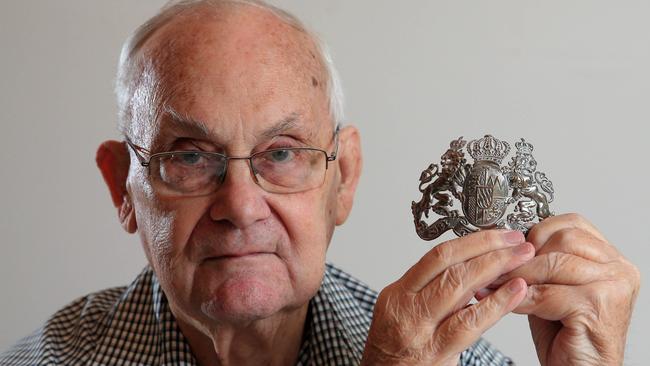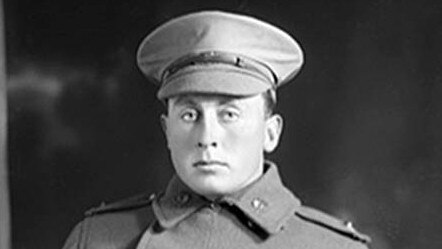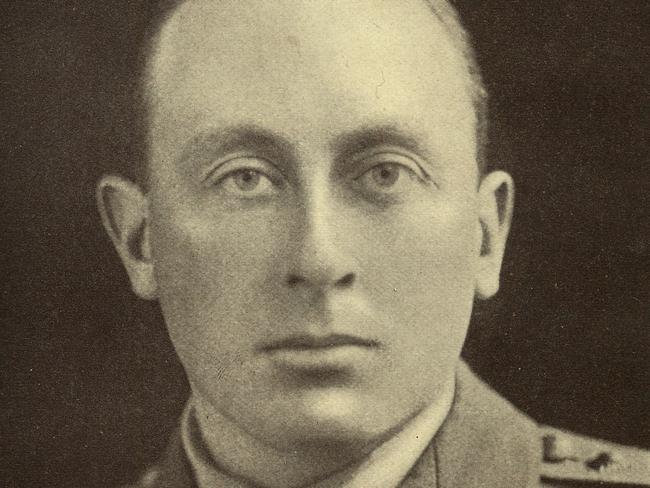Anzac Day: one death amid the carnage touched Digger to the core
The two photographs tell the story of Leslie Elliott’s war.

The two photographs tell the story of Leslie Elliott’s war.
The first shows a proud and bright-eyed young man in a new army greatcoat. It was snapped after he joined up in 1915.
The second is of a veteran officer who has seen too much of war. Captain Elliott looks a decade older in this frame, taken in 1919 soon before he left the army.
He went through it all on the Western Front, from the carnage at Fromelles in July 1916, when the Australian 5th Division suffered 5533 dead and wounded in a single night, to the ordeal in the mud of Passchendaele in 1917 and the bloody victories of 1918.
But Elliott never forgot the Anzac Day fighting at Villers-Bretonneux. On April 25, 1918, Villers-Bretonneux was just about the most important town in the world after a German offensive ruptured the Allied lines. For Elliott, then 26, the fighting there earned him the Distinguished Service Order for valour, second only to the Victoria Cross.

What affected him most was it was the only time he knew for sure he had killed a man. During hand-to-hand combat on the night of April 24-25, Elliott literally ran into the enemy. “He spoke to my father about that,” his nephew, Gavin Elliott, 82, said yesterday. “It was the only man he knew he killed ... they turned a corner and faced each other, and Les got his gun out first. That’s awful, isn’t it.”
Mr Elliott said the close escape so gripped his uncle that he brought home the German soldier’s helmet badge. “My father said it was the one thing from the war that really affected Les.”

For a fighting man, Captain Elliott cut a diminutive figure. He stood barely 164cm tall, but played Australian rules for the firsts at Melbourne’s Scotch College before he went to work in the family’s cordial business.
Having missed Gallipoli, he initially saw action with the 57th Battalion in France. The unit was held in reserve during the Fromelles assault on July 19-20, 1916 — which probably saved his life.
By 1918, he was commanding about 100 troops. At Villers-Bretonneux, his men were entrusted with linking the 57th with an adjacent brigade — exposing them to fire from three sides. Despite being wounded, Elliott “led … with great dash and gallantry”, according to his medal citation.
He also commanded the Australian honour guard at the funeral of German fighter ace Manfred von Richthofen — the Red Baron — who is believed to have been killed by Australian ground fire.
Gavin Elliott was four when his uncle died in 1939: having survived all the Great War could throw at him, he succumbed to a heart attack while playing golf back home in Melbourne, aged just 47. Leslie Elliott had never married.



